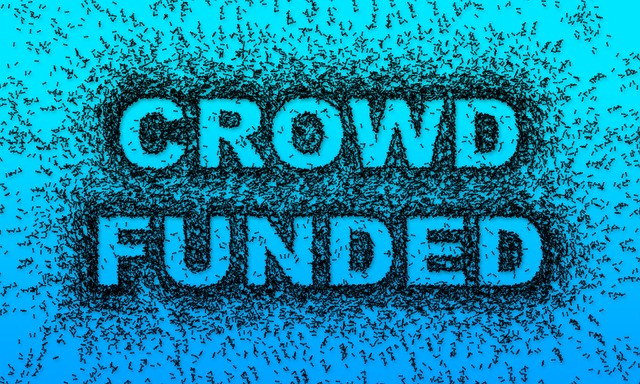
Drug Discovery
Understanding Drug Discovery
Welcome to the world of drug discovery, where science meets a dash of hope, and a sprinkle of caffeine-fueled late-night brainstorming sessions. This process is not just about mixing potions in a lab; it’s a complex journey that involves identifying potential new drugs, optimizing them, and ensuring they don’t come with a side of unexpected toe growth (or worse). Let’s dive into this fascinating realm!
The Drug Discovery Process
Drug discovery is like a long, winding road trip—there are plenty of stops along the way, and sometimes you take a wrong turn (or two). Here’s a breakdown of the main stages:
- Identifying Hits: This is where scientists cast a wide net, screening thousands of compounds to find those that show potential. Think of it as speed dating for molecules.
- Medicinal Chemistry: Once a hit is found, chemists jump in to optimize the structure. This means tweaking the chemical composition to enhance its performance—like giving a makeover to that one friend who just can’t seem to pick the right outfit.
- Testing and Optimization: The optimized compounds undergo rigorous testing to assess their efficacy, selectivity, and metabolic stability. It’s like auditioning for a reality show—only the best make it to the next round.
- Clinical Trials: If a compound passes the tests, it moves on to clinical trials. This is where it gets real, as it’s tested on humans to ensure it’s safe and effective. Spoiler alert: this step takes a while, and there are no shortcuts.
The Challenges Ahead
Despite all the advancements in technology and our understanding of biology, drug discovery remains a lengthy and capital-intensive process. It’s estimated that only about 1 in 10,000 compounds that enter the discovery process actually make it to market. So, if you’re feeling overwhelmed by the number of medications available, just remember that behind every pill is a saga of trials and tribulations.
Funding the Journey
In the 21st century, the funding landscape for drug discovery is as diverse as a buffet table at a wedding. Basic research is often funded by governments and philanthropic organizations, while the late-stage development is primarily backed by pharmaceutical companies or venture capitalists. It’s a bit like a relay race—everyone plays a part, but only a few get to cross the finish line with a shiny new drug.
Conclusion
In summary, drug discovery is a complex, multi-step process that requires a blend of scientific expertise, funding, and a whole lot of patience. As we continue to explore new frontiers in medicine, let’s appreciate the hard work that goes into bringing new therapies to market. And who knows? One day, that miracle drug could be just around the corner—hopefully without the side effect of spontaneous dance moves. 💃


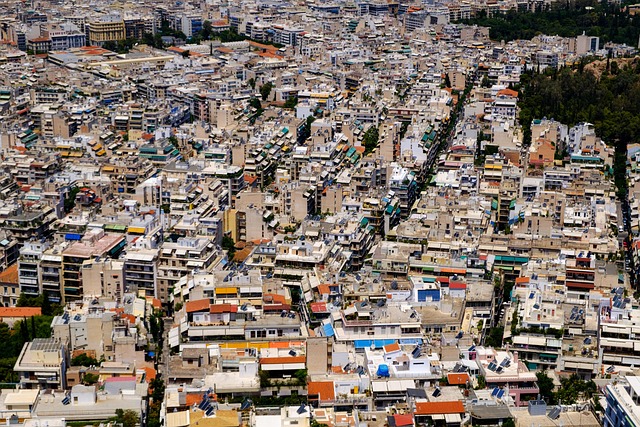


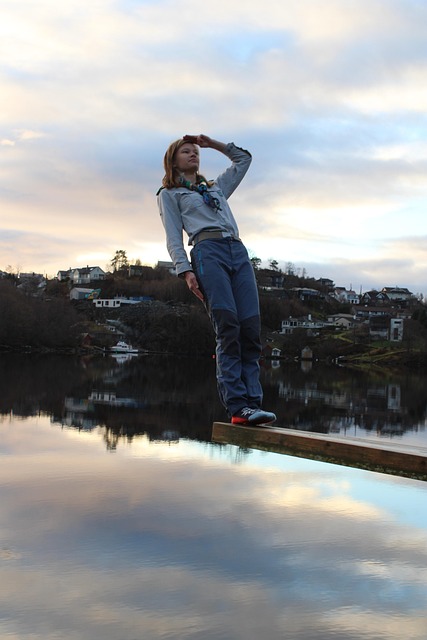
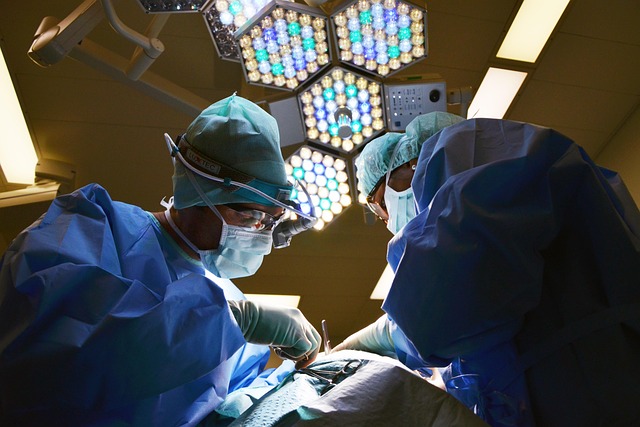


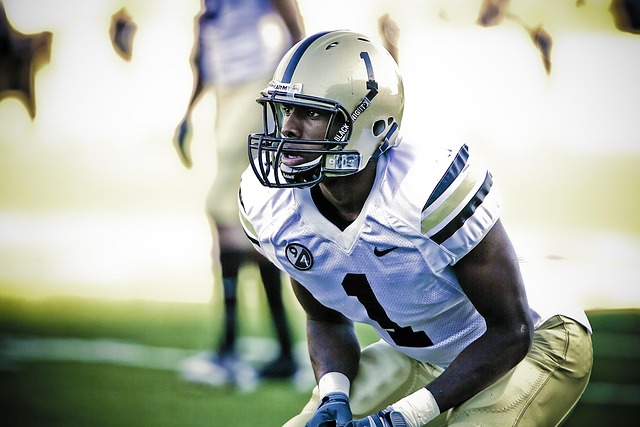
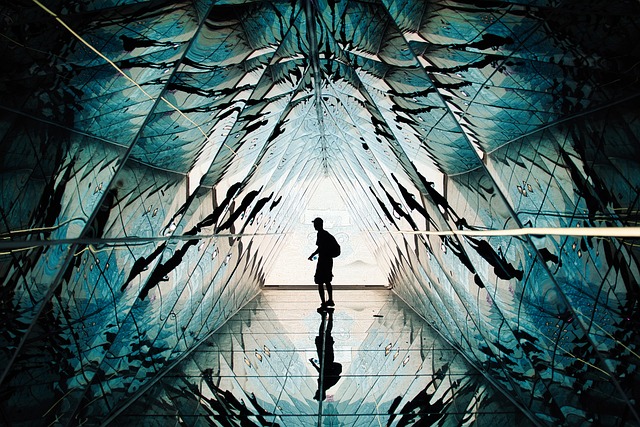

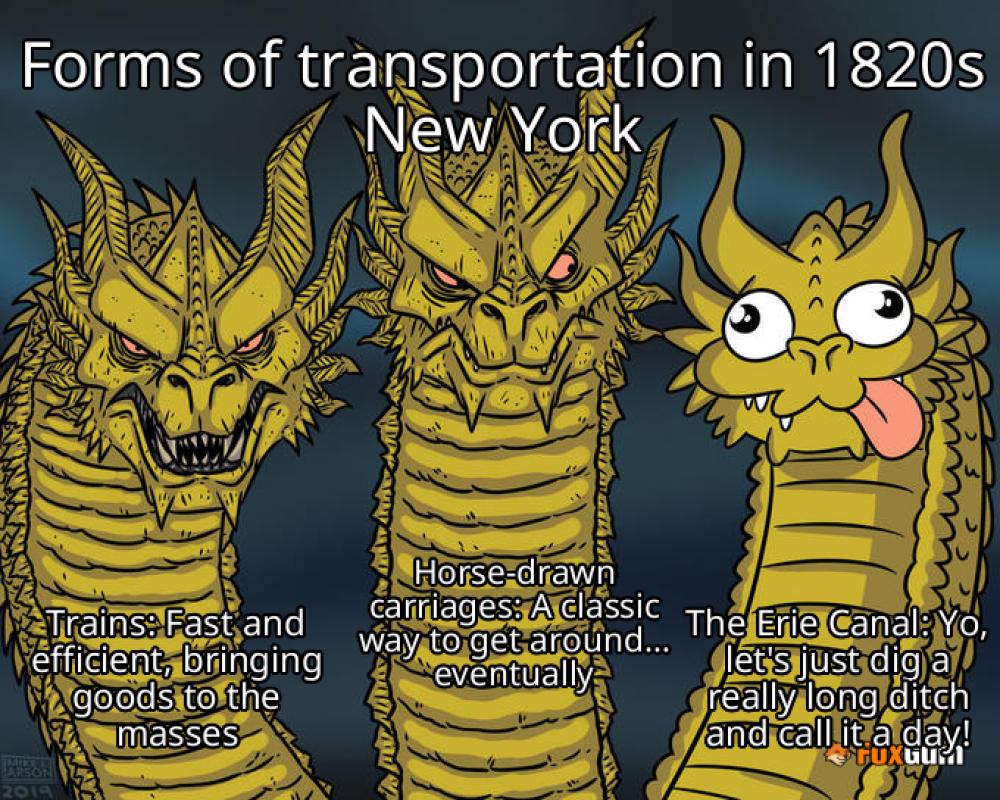


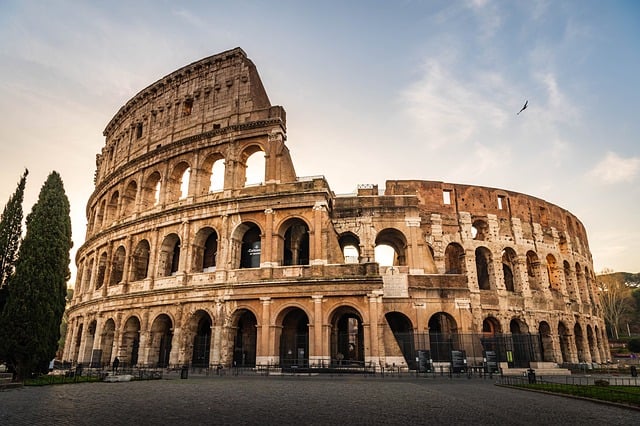




 Embrace Your Nesting Instincts: Interior Styling That Speaks YOU!
Embrace Your Nesting Instincts: Interior Styling That Speaks YOU! 
 Health
Health  Fitness
Fitness  Lifestyle
Lifestyle  Tech
Tech  Travel
Travel  Food
Food  Education
Education  Parenting
Parenting  Career & Work
Career & Work  Hobbies
Hobbies  Wellness
Wellness  Beauty
Beauty  Cars
Cars  Art
Art  Science
Science  Culture
Culture  Books
Books  Music
Music  Movies
Movies  Gaming
Gaming  Sports
Sports  Nature
Nature  Home & Garden
Home & Garden  Business & Finance
Business & Finance  Relationships
Relationships  Pets
Pets  Shopping
Shopping  Mindset & Inspiration
Mindset & Inspiration  Environment
Environment  Gadgets
Gadgets  Politics
Politics 